The correct variation of resistance R with frequency f is given by
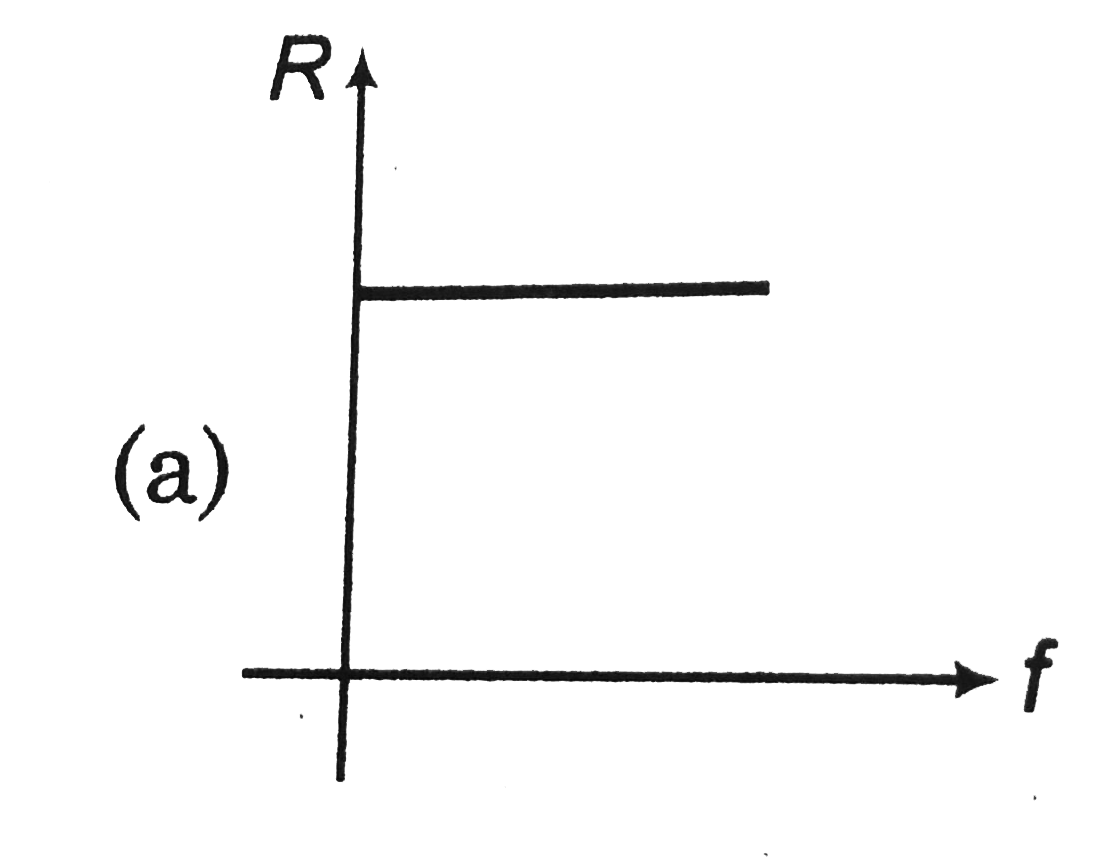
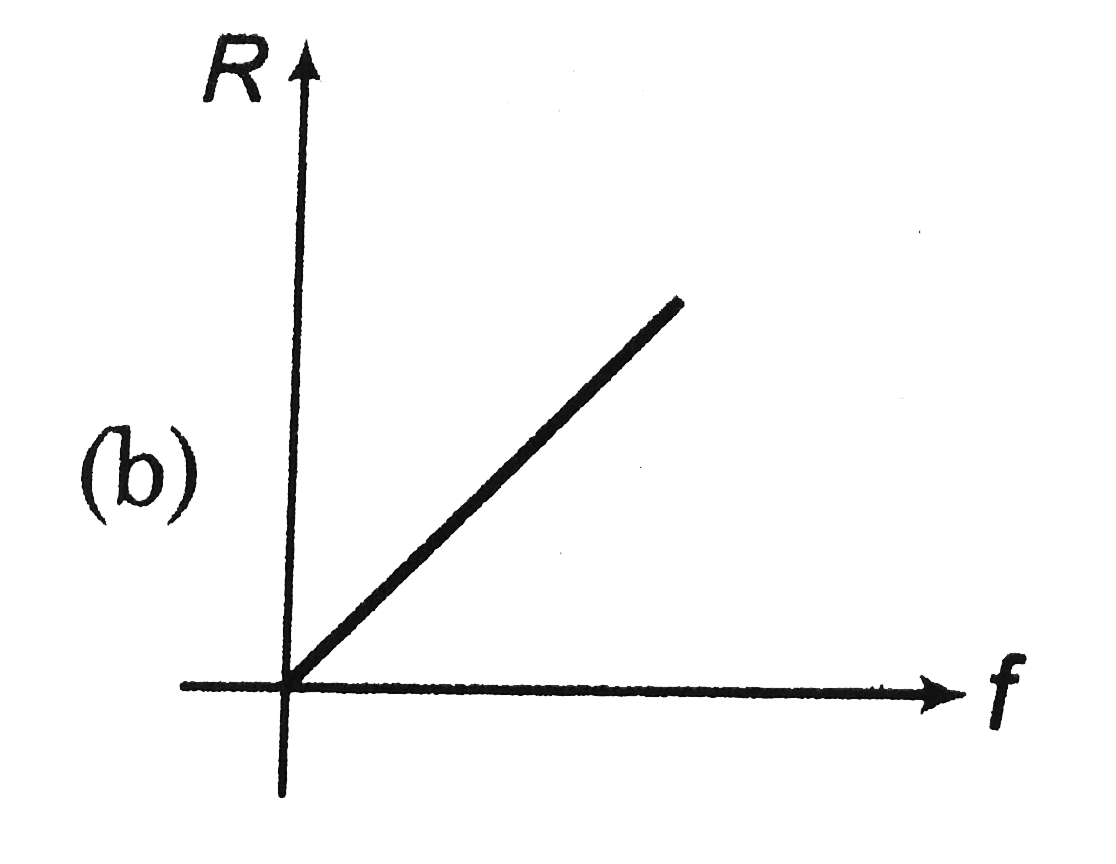

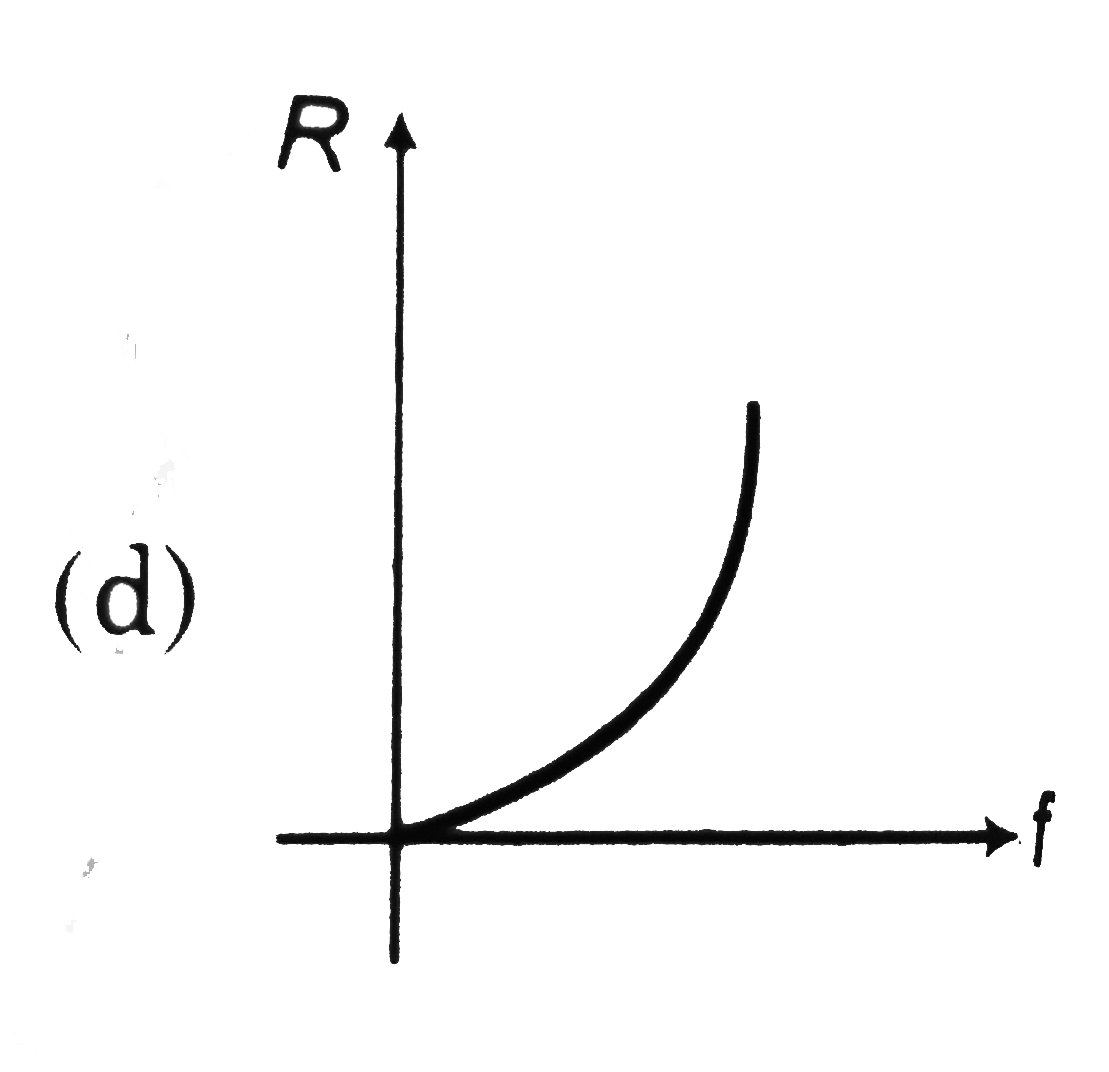
The correct Answer is:A
To solve the question regarding the variation of resistance R with frequency f, we can break it down into the following steps:
Step 1: Understand the Concept of Resistance
Resistance R is a property of a material that opposes the flow of electric current. It is defined by Ohm's Law, which states that R=VI, where V is the voltage across the resistor and I is the current flowing through it.
Hint: Remember that resistance is a property of the material and does not change with frequency.
Step 2: Analyze Reactance
In alternating current (AC) circuits, we also deal with reactance, which is the opposition to current flow due to inductance and capacitance. The inductive reactance XL is given by XL=ωL=2πfL, and the capacitive reactance XC is given by XC=1ωC=12πfC.
Hint: Reactance varies with frequency, but we are focusing on resistance here.
Step 3: Determine the Frequency Dependence
It is important to note that while reactance depends on frequency, resistance does not. This means that regardless of the frequency of the AC signal, the resistance R remains constant.
Hint: Think about how materials behave in AC circuits compared to DC circuits.
Step 4: Conclusion
Since resistance R does not change with frequency f, the correct variation of resistance with frequency can be represented as a horizontal line on a graph, indicating that it remains constant.
Hint: Visualize the graph: a horizontal line means no change in resistance with frequency.
Final Answer
The correct variation of resistance R with frequency f is that it remains constant, represented as a horizontal line on a graph.
Resistance R is a property of a material that opposes the flow of electric current. It is defined by Ohm's Law, which states that R=VI, where V is the voltage across the resistor and I is the current flowing through it.
In alternating current (AC) circuits, we also deal with reactance, which is the opposition to current flow due to inductance and capacitance. The inductive reactance XL is given by XL=ωL=2πfL, and the capacitive reactance XC is given by XC=1ωC=12πfC.
It is important to note that while reactance depends on frequency, resistance does not. This means that regardless of the frequency of the AC signal, the resistance R remains constant.
Since resistance R does not change with frequency f, the correct variation of resistance with frequency can be represented as a horizontal line on a graph, indicating that it remains constant.
The correct variation of resistance R with frequency f is that it remains constant, represented as a horizontal line on a graph.
Topper's Solved these Questions
- BOOK - DC PANDEY ENGLISHCHAPTER - ALTERNATING CURRENTEXERCISE - Level - 1 Subjective6videos
ALTERNATING CURRENT
- BOOK - DC PANDEY ENGLISHCHAPTER - ALTERNATING CURRENTEXERCISE - Level- 2 Single Correct18videos
ALTERNATING CURRENT
- BOOK - DC PANDEY ENGLISHCHAPTER - ALTERNATING CURRENTEXERCISE - Level 1 Assertion-Reason11videos
ALTERNATING CURRENT
- BOOK - DC PANDEY ENGLISHCHAPTER - ATOMSEXERCISE - MEDICAL ENTRANCES GALLERY42videos
ATOMS
Similar Questions
A series R-L circuit is subjected to an alternating voltage given as (v=v0sinωt). Then the variation of peak current (i) with frequency (v) is denoted by
View SolutionThe difference in the variation of resistance with temperature in a metal and a semiconductor arises essentially due to the difference in the
View Solution
Knowledge Check
- Question 1 - Select One
Which of the following graphs represent the correct variation of inductive reactance XL with frequency υ?
A B
B C
C D
D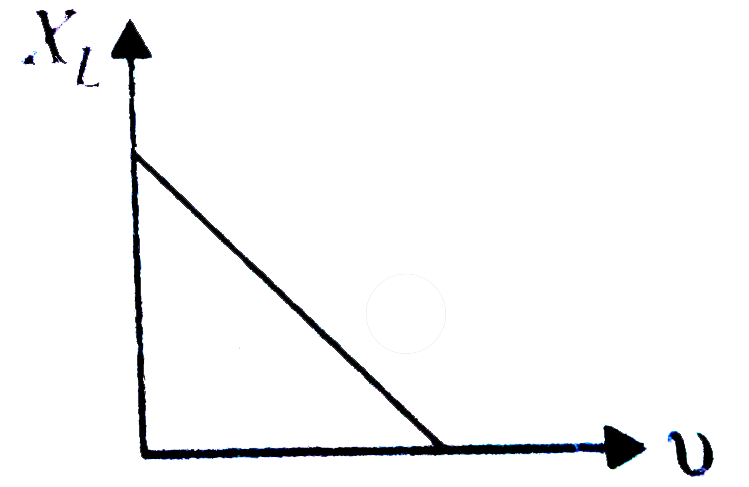
The difference in the variation of resistance with temperature in a metal and a semiconductor arises essentially due to the difference in the
View SolutionA source of sound emits sound waves at frequency f0. It is moving towards an observer with fixed speed vs(vs<v where v is the speed in air). If the observer were to move towards the source with speed v0 one of the following two graphs (A and B) will give the correct variation of the frequency f heard by the observer as v0 is changed,
_E01_169_Q01.png)
The variation of f with v0 is given correctly by :-View SolutionThe correct variation of gravitational potential V with radius r measured from the centre of earth of radius R is given by
View SolutionA constant potential difference is applied across a resistance. Consider variation of resistance with temperature. Which graph represents best the variation of power produced in resistance versus resistance?
View SolutionTwo resistors having equal resistances are joined in series and a current is passed through the combination. Neglect any variation in resistance as the temperature changes. In a given time interval,
View SolutionVariation of resistance with cell constant is given in which of these graphs?
View SolutionThe figure shows variation of R, XL and XC with frequency f in a series L, C , R circuit . Then , for what frequency point, the circuit is inductive?
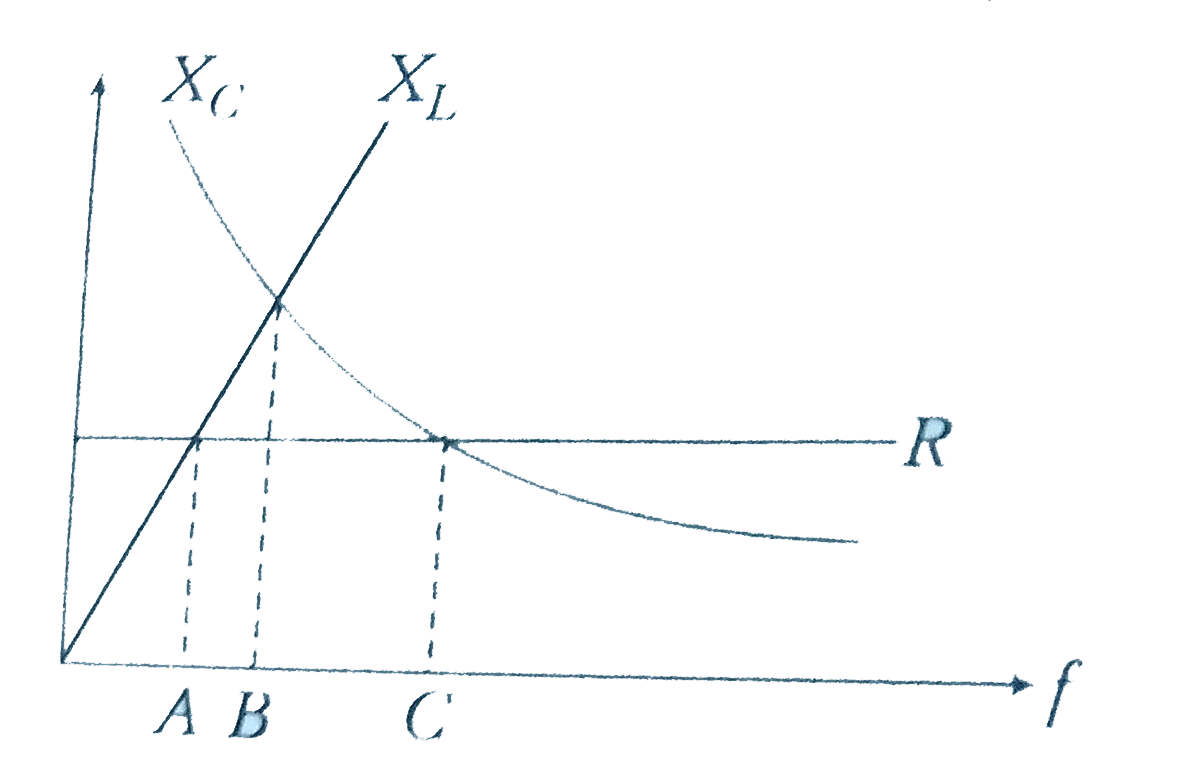 View Solution
View Solution

